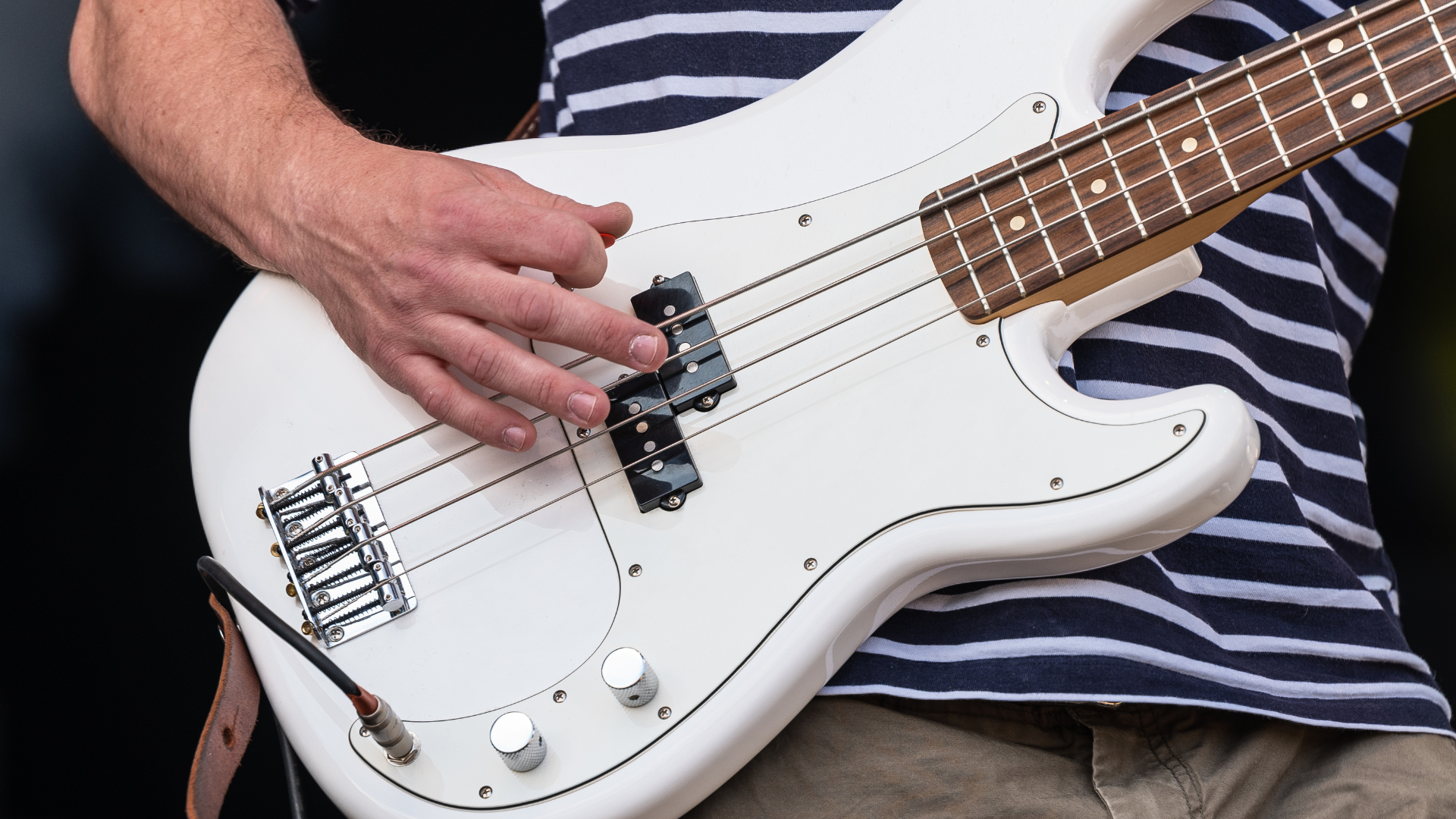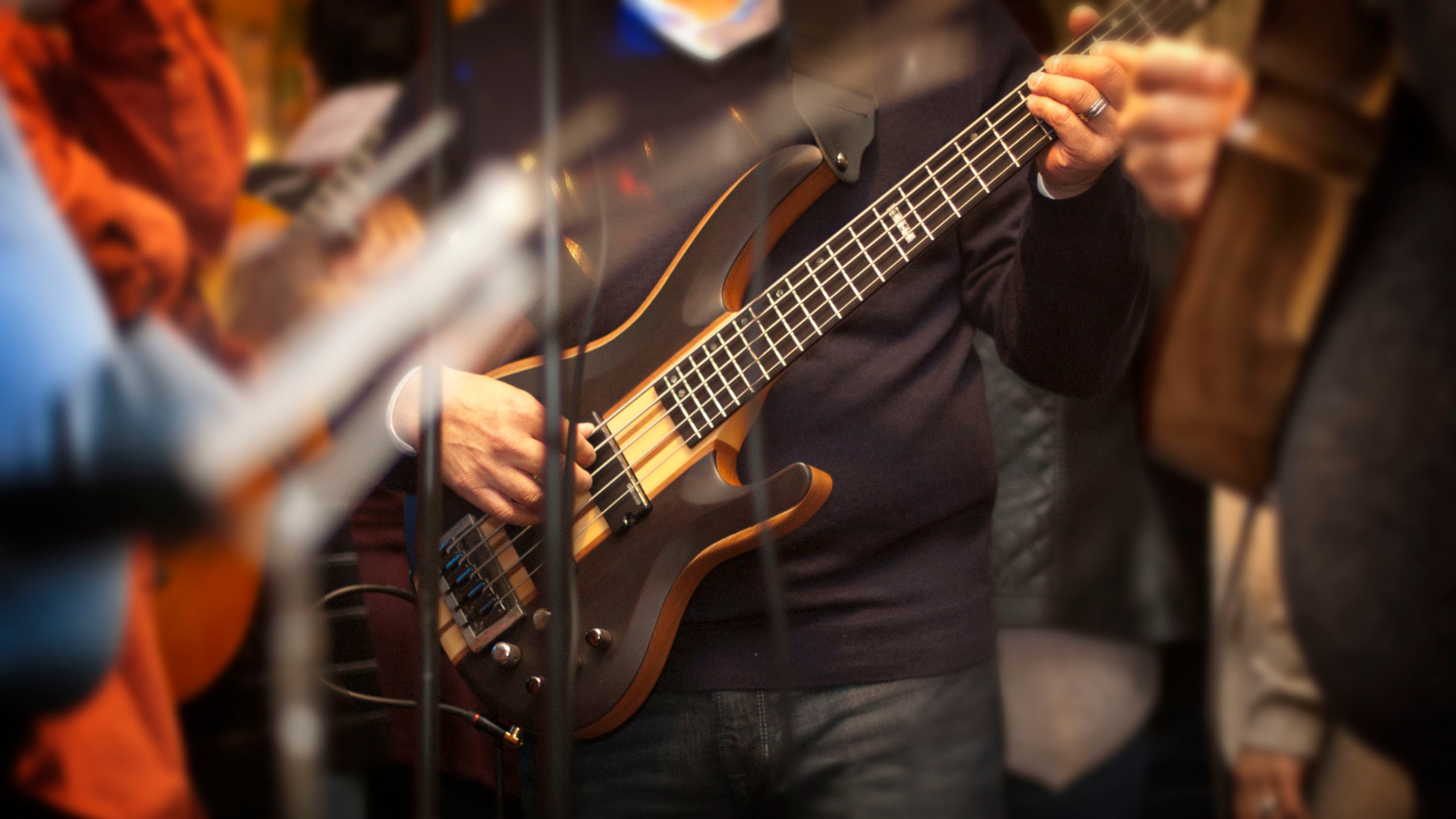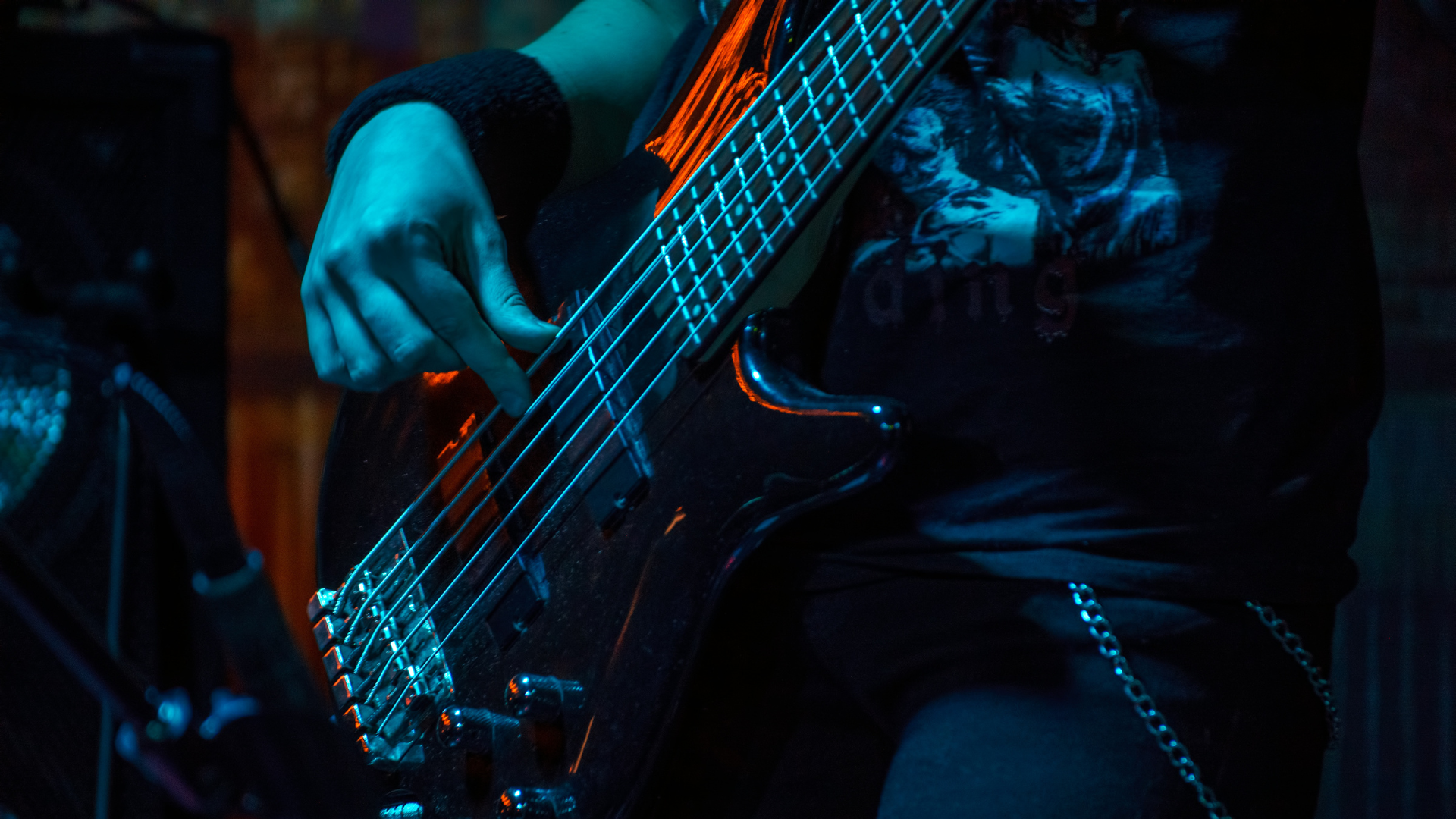Introduction to Ghost Notes and Muting on Bass
When it comes to bass guitar, groove is king. But what separates a generic bass line from one that makes listeners tap their feet, nod their heads, and feel the rhythm in their bones? The answer often lies in two subtle yet transformative techniques: ghost notes and muting. These skills are the secret weapons of legendary bassists like James Jamerson, Flea, and Joe Dart, and they’re essential for anyone aiming to elevate their playing from “good” to “unforgettable.”
In this comprehensive guide, we’ll explore everything you need to know about ghost notes and muting, from their foundational mechanics to advanced applications. Whether you’re a beginner or a seasoned player, you’ll walk away with actionable exercises, genre-specific tips, and a deeper understanding of how to harness these techniques to lock in with drummers, amplify your groove, and become the rhythmic anchor your band needs.
Further Reading – Beginner Bass Technique: Essential Skills to Get Started
Ghost Notes Explained – The Heartbeat of Groove
What Are Ghost Notes?
Ghost notes are muted, percussive sounds created by lightly touching the bass strings without fully fretting them. Unlike standard notes, they lack a defined pitch and instead emphasize rhythm, acting as the “glue” that connects melodic phrases. Think of them as the bassist’s version of a drummer’s ghost strokes on the snare: subtle, syncopated, and absolutely essential for creating the pocket’ feel.
Why They Matter
- Add rhythmic complexity and texture to simple bass lines.
- Create forward momentum in genres like funk, soul, and hip-hop.
- Enhance the interplay between bass and drums, making the rhythm section feel tighter.
Historical Context
Ghost notes have deep roots in African and Afro-Cuban percussion traditions, where syncopation and polyrhythms reign supreme. In the 1960s and ’70s, Motown bassist James Jamerson popularized their use in Western music, weaving ghost notes into iconic lines for artists like Stevie Wonder and Marvin Gaye. Today, they’re a staple in genres ranging from jazz fusion (Jaco Pastorius) to modern pop (Thundercat).
Mastering Ghost Note Technique – Step-by-Step
Fretting Hand Fundamentals
The Light Touch
- Rest your finger on the string with just enough pressure to mute it. If you hear a pitch, you’re pressing too hard.
- Practice muting all four strings simultaneously by laying your fingers across them like a barre chord, but without fretting.
Positioning for Clarity
- Avoid muting directly over the fretwire, as this can produce accidental harmonics. Instead, position your fingers slightly behind the fret.
Dynamic Control
- Ghosted notes should be quieter than primary notes. Practice alternating between a strong plucked note and a ghost note, focusing on consistency.
Plucking Hand Techniques
Fingerstyle
- Use your index or middle finger to pluck the string, then immediately dampen it with your palm or thumb.
Slap-and-Mute
- For a funky sound, slap the string with your thumb and mute it instantly by resting your palm on the bridge.
Advanced Applications
- Syncopated Rhythms: Insert ghost notes on offbeats (e.g., the “and” of 2 or 4) to create a push-pull feel.
- Double Ghosts: Play two muted notes in rapid succession for a drum-like “flam” effect.
Muting Mastery – Silence Is Golden
Muting is the unsung hero of clean bass playing. Without it, unwanted string noise can muddy your tone, especially in fast or complex lines. Here’s how to mute like a pro:
Fretting Hand Muting
- Finger Flats: Use the fleshy parts of your fingers to lightly touch adjacent strings while fretting notes.
- Floating Thumb Technique: Rest your thumb on the lower strings (E/A) to mute them while playing higher strings (D/G).
Plucking Hand Muting
- Palm Muting: Anchor the edge of your palm near the bridge to dampen strings as you play. This works wonders for punchy rock or reggae lines.
- Finger Muting: After plucking, lightly touch the string with your fingertip to stop its vibration.
Genre-Specific Muting Styles
- Funk: Use aggressive palm muting for crisp, staccato grooves.
- Jazz: Opt for gentle fretting-hand muting to sustain a warm, rounded tone.
- Metal: Combine palm muting and distortion for tight, chugging rhythms.
Common Mistakes (And How to Fix Them)
Overplaying Ghost Notes
- Less is more. Use ghosts sparingly to accentuate the groove, not overwhelm it.
Ignoring String Choice
- Lower strings (E/A) produce darker, thuddy ghosts, while higher strings (D/G) sound brighter. Match your string choice to the song’s mood.
Poor Timing
- Ghost notes live in the pocket. Practice with a metronome or drum loop to refine your rhythm.
Neglecting Dynamics
- Ghost notes should be felt more than heard. Record yourself and adjust your touch until they sit perfectly in the mix.
Practice Routines for Ghost Notes and Muting
Beginner Exercises
- Basic Groove Integration:
- Play a 1-bar groove: Fretted note (C) – Ghost note – Fretted note (C) – Ghost note. Focus on consistency.
- String Crossing Drill:
- Alternate between fretted notes on the A string and ghost notes on the E string.
Ghost Notes in Iconic Bass Lines
- “Ain’t No Mountain High Enough” (James Jamerson):
- Jamerson’s Motown lines are littered with ghost notes that drive the rhythm forward.
- “Come On, Come Over” (Jaco Pastorius):
- Jaco’s fusion of melodic slaps and ghost notes creates a hypnotic groove.
- “Can’t Stop” (Flea, Red Hot Chili Peppers):
- The verse riff uses palm-muted ghost notes for a percussive, hip-hop-inspired feel.
Gear Tips for Optimal Ghost Notes
- String Choice: Flatwound strings (e.g., D’Addario Chromes) produce warmer, thuddier ghosts, while roundwounds (e.g., Ernie Ball Slinkys) offer brighter articulation.
- Pickups: Split-coil pickups (like a Jazz Bass) provide clarity for intricate ghost-note patterns.
- EQ Settings: Boost mids (~800 Hz) to make ghost notes cut through the mix.
FAQs
- Q: How long does it take to master ghost notes? A: With daily practice, most players see improvement in 2–3 months. Focus on consistency over speed.
- Q: Can I use ghost notes in metal? A: Absolutely! Check out Tool’s Justin Chancellor for examples of muted, rhythmic playing in heavy music.
- Q: Do I need special strings for ghost notes? A: Not necessarily, but flatwounds and shorter-scale basses (e.g., Fender Mustang) can enhance the percussive effect.



